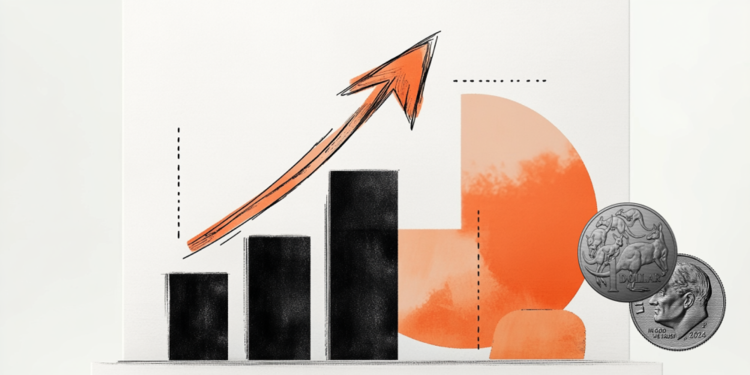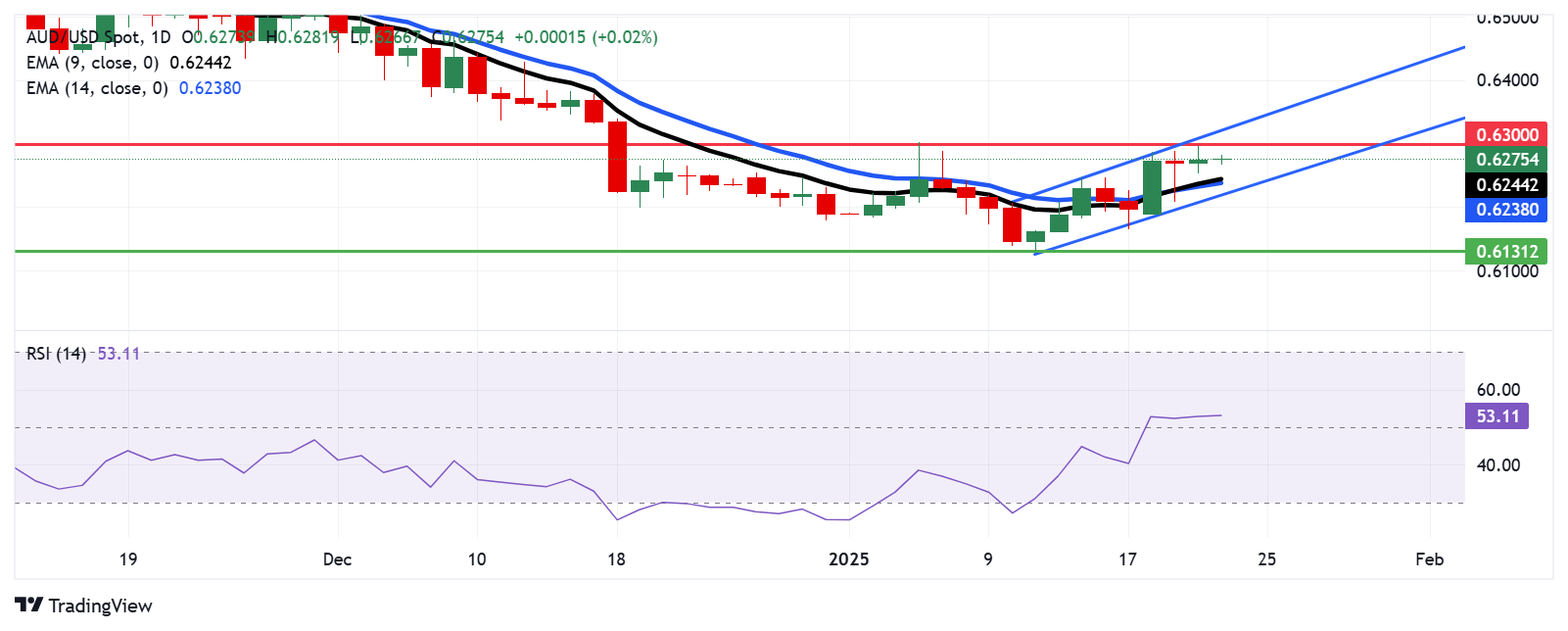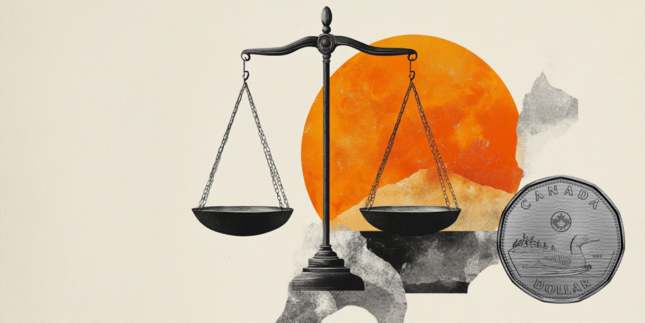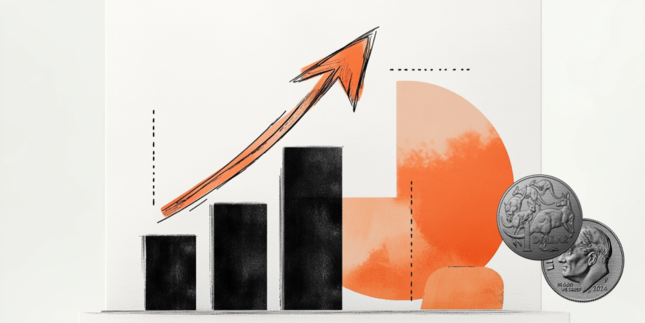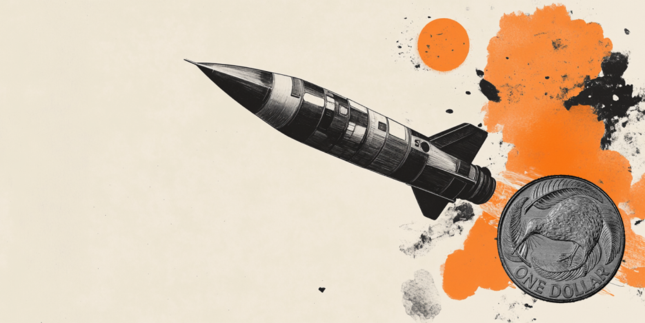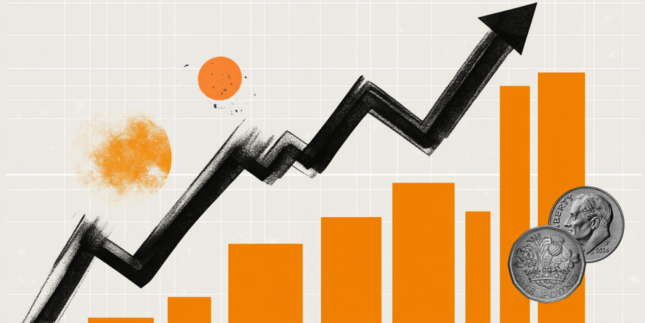Australian Dollar receives support following new measures by Chinese authorities
- The Australian Dollar strengthened as President Trump's revised tariffs on China turned out to be significantly smaller than initially anticipated.
- Chinese authorities permit 100 billion Yuan of pension funds to boost investments in domestic equities to stabilize the stock markets.
- The S&P/ASX 200 Index declined, driven by a drop in mining stocks as weaker commodity prices put pressure on the sector.
The Australian Dollar (AUD) remains steady against the US Dollar (USD) on Thursday, as market concerns eased following news that the China-specific tariffs proposed under US President Donald Trump’s revised plan are significantly smaller than initially expected. This development helped calm investors' nerves, especially given the strong trade ties between China and Australia, which make Australian markets sensitive to changes in China's economic landscape.
President Trump announced plans to implement a 10% tariff on Chinese imports starting February 1, citing concerns over fentanyl shipments from China to Mexico and Canada, according to Reuters. In response, Chinese Vice Premier Ding Xuexiang warned on Tuesday about the potential trade war fallout, stating that "there are no winners" in such conflicts. His remarks come as China braces for possible tariffs under the Trump administration, as reported by CNBC.
Chinese authorities on Thursday introduced several measures to stabilize its stock markets, including allowing pension funds to increase investments in domestic equities. A pilot scheme enabling insurers to purchase equities will be launched in the first half of 2025, with an initial scale of at least 100 billion Yuan. Meanwhile, the People’s Bank of China (PBoC) said that they “will expand the scope and increase the scale of liquidity tools to fund share purchases at the proper time.”
The S&P/ASX 200 Index fell to near 8,400 on Thursday, driven primarily by a decline in mining stocks as weaker commodity prices weighed on the sector. This decline in the Australian equity market occurred despite strong gains on Wall Street. Investors remain cautious as they assess the implications of President Trump’s policy changes.
Australian Dollar appreciates as market concerns ease regarding Trump tariffs
- The US Dollar Index (DXY), which tracks the performance of the US Dollar against six major currencies, maintains its position above 108.00 at the time of writing. The Greenback received support as President Donald Trump issued a memorandum instructing federal agencies to investigate and address ongoing trade deficits.
- Traders will likely monitor Friday's release of the preliminary US S&P Global Purchasing Managers Index (PMI) and the Michigan Consumer Sentiment Index for January. These indicators are likely to provide valuable insights into near-term economic trends.
- The US Dollar could appreciate as traders expect the US Federal Reserve (Fed) to keep its benchmark overnight rate steady in the 4.25%-4.50% range at its January meeting. Moreover, Trump’s policies could drive inflationary pressures, potentially limiting the Fed to just one more rate cut.
- US Retail Sales rose by 0.4% MoM in December, reaching $729.2 billion. This reading was weaker than the market expectations of a 0.6% rise and lower than the previous reading of a 0.8% increase (revised from 0.7%).
- The US Consumer Price Index increased by 2.9% year-over-year in December, up from 2.7% in November, aligning with market expectations. Monthly, CPI rose 0.4%, following a 0.3% increase in the previous month. US Core CPI, which excludes volatile food and energy prices, rose 3.2% annually in December, slightly below November's figure and analysts' forecasts of 3.3%.
- Traders are increasingly expecting the Reserve Bank of Australia (RBA) to start cutting interest rates as soon as next month. This outlook is fueled by weaker core inflation data, which has fallen to its lowest level since Q4 2021, nearing the RBA's target range of 2% to 3%. All eyes are now on Australia's upcoming quarterly inflation report, set for release next week, as it could offer additional clues about the future direction of interest rates.
Technical Analysis: Australian Dollar remains below 0.6300 and ascending channel’s upper boundary
The AUD/USD pair trades near 0.6270 on Thursday, with a daily chart analysis indicating movement within an ascending channel pattern, suggesting a potential bullish bias. Additionally, the 14-day Relative Strength Index (RSI) is slightly above 50, reinforcing positive market sentiment.
On the upside, the AUD/USD pair could test the psychological resistance level at 0.6300, with the next target near the upper boundary of the ascending channel around 0.6320.
The initial support appears at the nine-day Exponential Moving Average (EMA) at 0.6244, followed by the 14-day EMA at 0.6238. Stronger support is seen at the ascending channel's lower boundary around 0.6220, with further support at the psychological level of 0.6200.
AUD/USD: Daily Chart
Australian Dollar PRICE Today
The table below shows the percentage change of Australian Dollar (AUD) against listed major currencies today. Australian Dollar was the strongest against the Euro.
| USD | EUR | GBP | JPY | CAD | AUD | NZD | CHF | |
|---|---|---|---|---|---|---|---|---|
| USD | 0.06% | 0.04% | -0.02% | 0.02% | 0.04% | -0.02% | -0.02% | |
| EUR | -0.06% | -0.01% | -0.08% | -0.04% | -0.02% | -0.07% | -0.08% | |
| GBP | -0.04% | 0.01% | -0.08% | -0.02% | -0.00% | -0.05% | -0.07% | |
| JPY | 0.02% | 0.08% | 0.08% | 0.04% | 0.07% | -0.03% | -0.00% | |
| CAD | -0.02% | 0.04% | 0.02% | -0.04% | 0.03% | -0.03% | -0.04% | |
| AUD | -0.04% | 0.02% | 0.00% | -0.07% | -0.03% | -0.05% | -0.06% | |
| NZD | 0.02% | 0.07% | 0.05% | 0.03% | 0.03% | 0.05% | -0.01% | |
| CHF | 0.02% | 0.08% | 0.07% | 0.00% | 0.04% | 0.06% | 0.01% |
The heat map shows percentage changes of major currencies against each other. The base currency is picked from the left column, while the quote currency is picked from the top row. For example, if you pick the Australian Dollar from the left column and move along the horizontal line to the US Dollar, the percentage change displayed in the box will represent AUD (base)/USD (quote).
Forex News
Keep up with the financial markets, know what's happening and what is affecting the markets with our latest market updates. Analyze market movers, trends and build your trading strategies accordingly.
